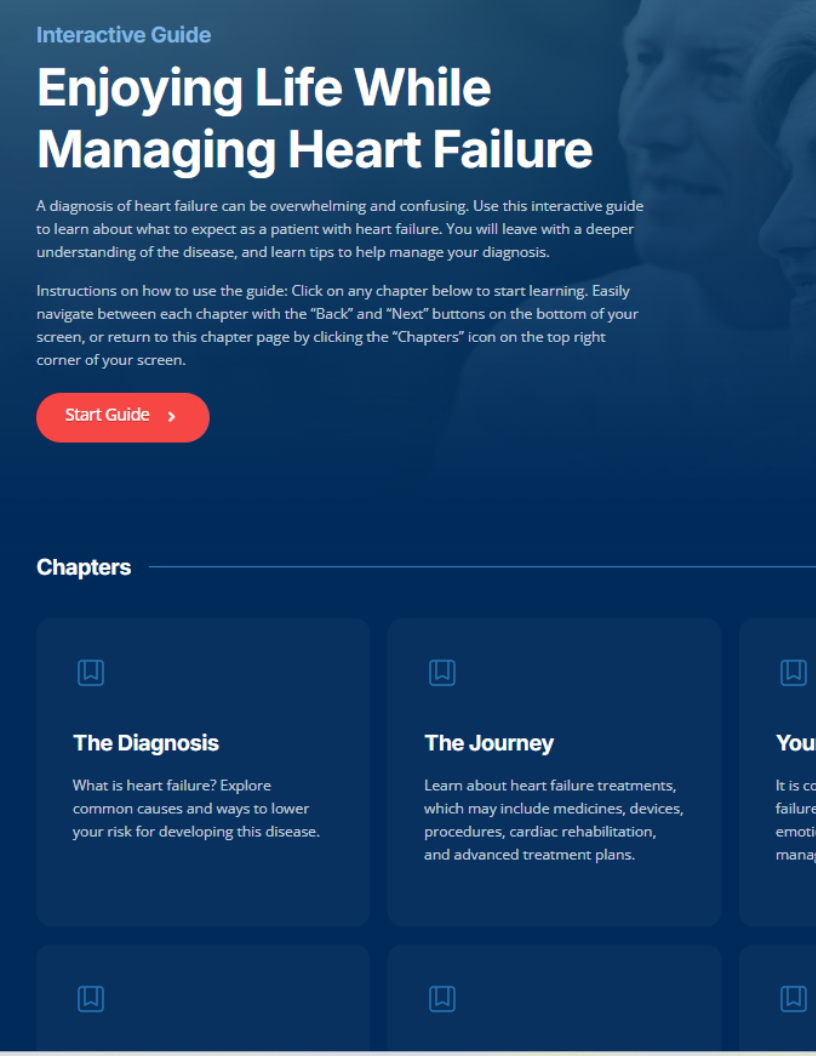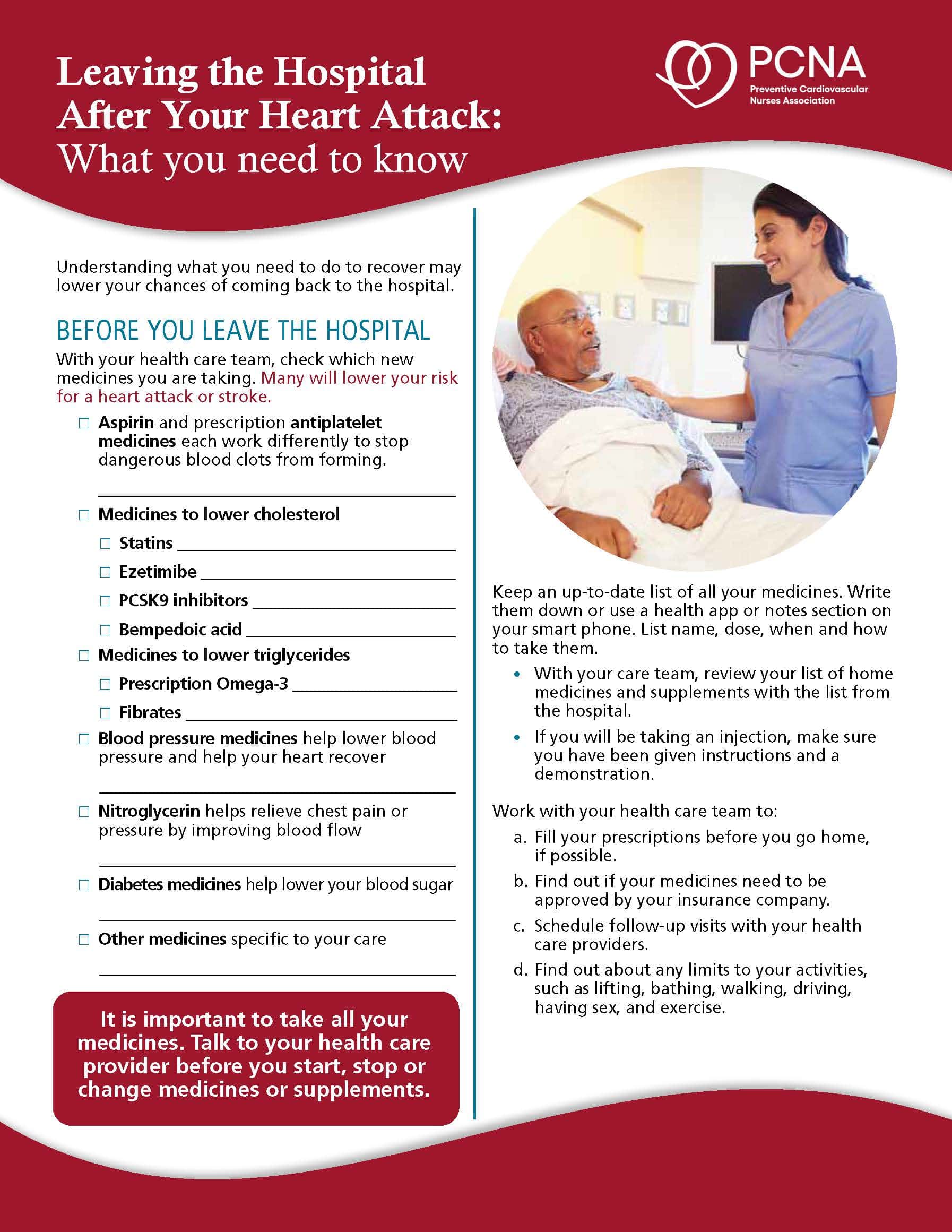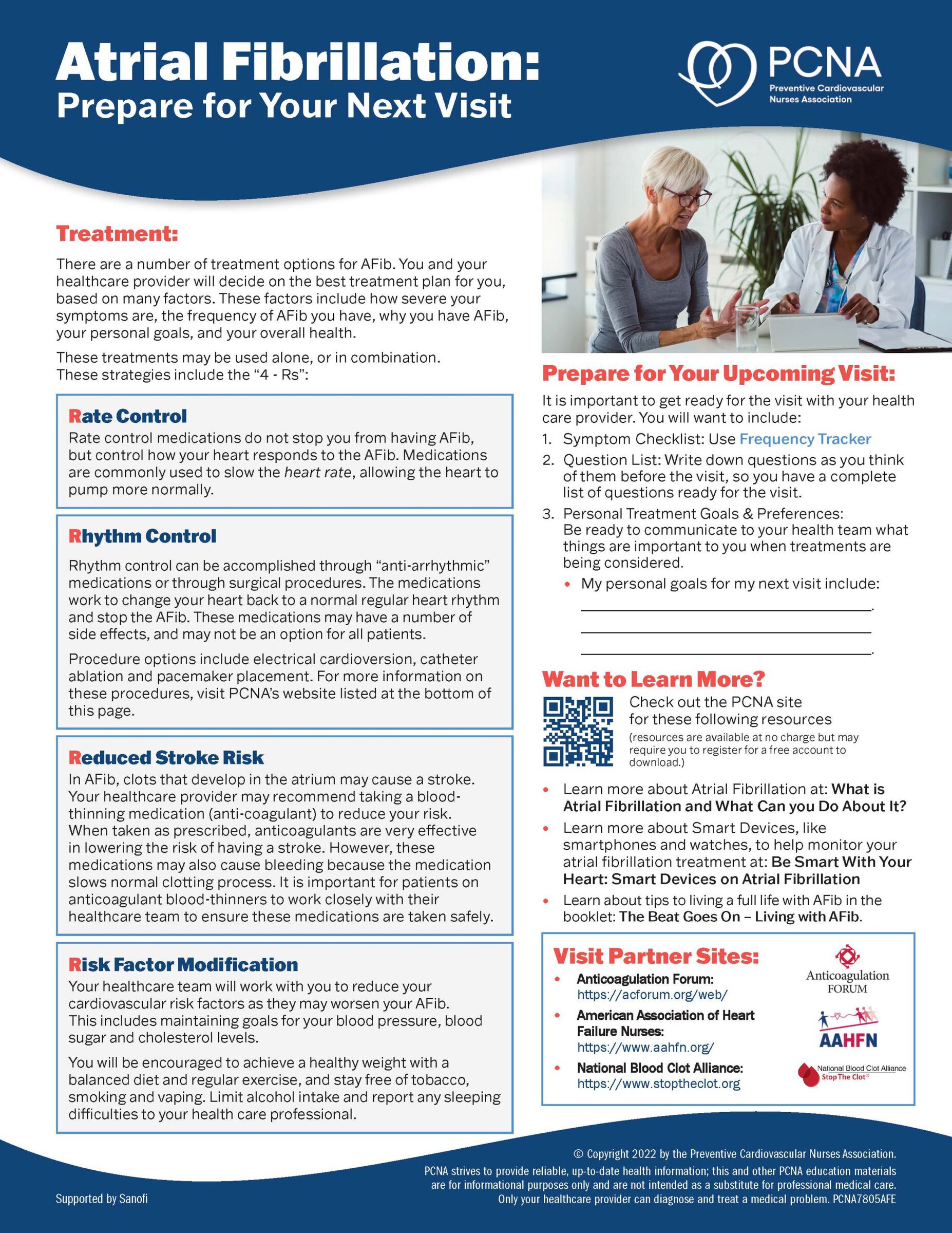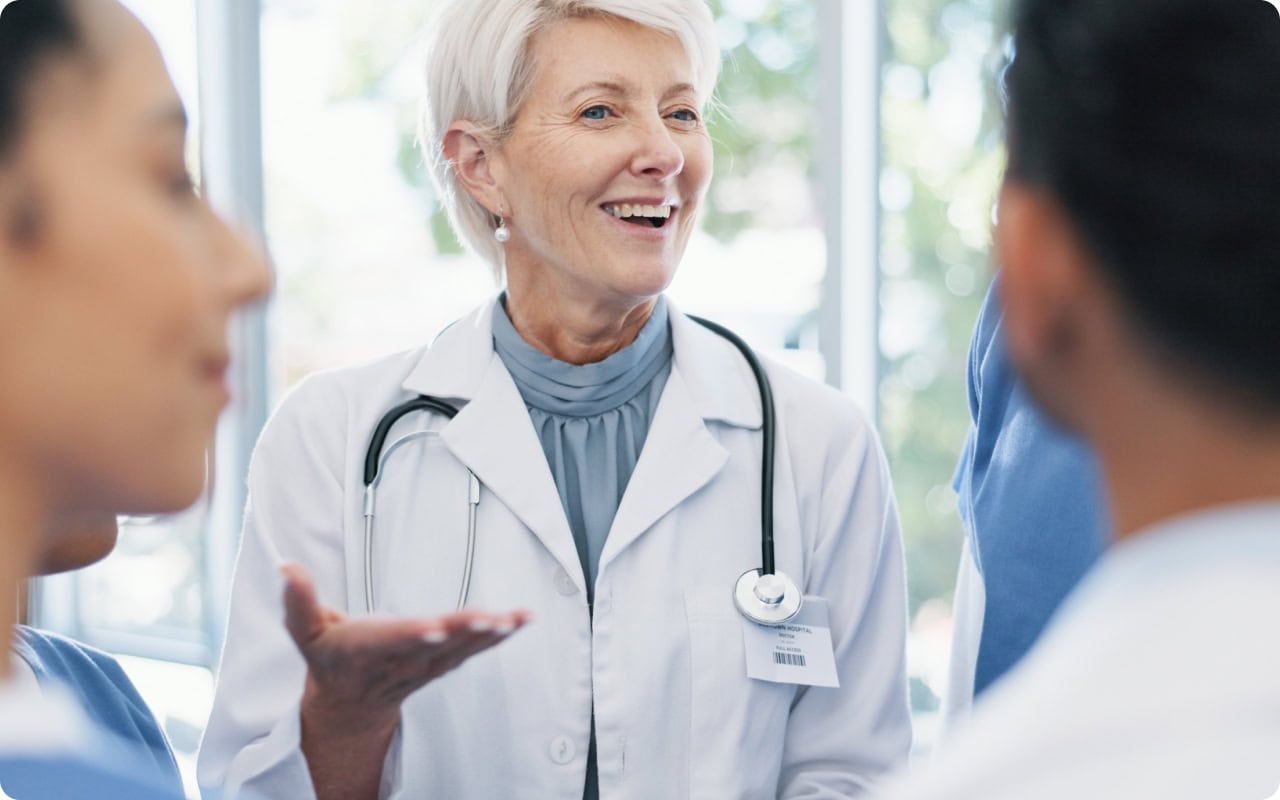Below is a list of ready-to-go slide decks that Chapter Leaders can use for their Spring or Fall Learning Series. Once a chapter has presented a slide deck, they may not present it again.
2026
Next-Gen Hypertension Management: Cutting Edge Strategies for CV Nurses (1.0 CE)
Learning Objectives
- Describe updated hypertension classification thresholds and diagnostic approaches.
- Identify evidence-based pharmacologic, procedural, and lifestyle treatment strategies.
- Examine the role of digital health tools in hypertension monitoring and management.
- Apply patient-centered approaches to individualized hypertension care.
Coming Soon (Fall 2026)
Cholesterol (1.0 CE)
PAD (1.0 CE)
2025
Pulmonary Hypertension: From Examination to Management (1.0 CE)
Learning Objectives
- Examine assessment, diagnosis and staging of Pulmonary Hypertension (PH)
- Explain the risks of vascular and right ventricular remodeling when PH is under-treated or untreated
- Compare and contrast the mechanism of actions of traditional and novel therapies for PH management
- Explore the role of the CV RN in a team-based care approach to PH management
2024
CVD Jeopardy (1.0 CE)
Learning Objectives
- Review of key concepts of cardiovascular disease states including HF, Diabetes, Obesity, Cholesterol and Stroke
- Discuss considerations of advanced cardiovascular disease states including HCM, ATTR-CM, Arrythmias and Vascular
- Explore nursing care management and nursing communication techniques
- Apply knowledge of cardiovascular disease states using gamification
Hypertrophic Cardiomyopathy: Advances in Disease Management (1.0 CE)
Learning Objectives
- Review signs and symptoms of HCM to aid earlier recognition
- Explain the differential diagnosis process to rule out non-HCM causes of left ventricular hypertrophy
- Explore the role of novel cardiac myosin inhibitor drug class on HCM treatment
- Examine best practices from a high volume HCM center in access and adherence to novel treatment
Nurse Leaders: Successful Strategies and Tips to Help Along the Way (0.5 CE – 1.0 CE)
Learning Objectives
- Describe varying leadership styles applicable to nursing
- Discuss application of leadership strategies in nursing
- Explore the benefits and responsibilities of being a mentor and a mentee
Cardiac Amyloidosis: Increasing Awareness and Understanding (1.0 CE)
Learning Objectives
- Review the prevalence and prognosis of risk for cardiac amyloidosis in heart failure patients emphasizing early diagnosis for improved outcomes
- Discuss the distribution of and inequities in diagnosis and care for cardiac amyloidosis across patient populations including race, ethnicity and gender
- Examine the evolving signs and symptoms of cardiac amyloidosis subtypes (hereditary and wild type) as seen in diagnostic imaging including evidence-based treatments for each
- Explore the role of cardiovascular nurse in cardiac amyloidosis treatment and management highlighting promotion of shared-decision making to empower patients to play an active role in their care
Nurse Health and Well-Being (1.0 CE)
Learning Objectives
- Identify the physical health concerns found to be prominent in the nursing population.
- Review the impact of burnout, current workforce issues and stress on the mental health of nurses.
- Discuss occupational health safety including variations and methods to leverage employer wellness programs and workplace environment issues to promote healthy lifestyles and health attainment by nurse employees.
- Explore best practices and innovation in self-care and health promotion of the nursing workforce.
Maternal Mortality & Cardiovascular Disease (1.0 CE)
Learning Objectives
- Describe cardiovascular and cardiometabolic complications of pregnancy including long term risks across the lifespan.
- Discuss the impact of social determinants of heath and implicit bias on cardiovascular related maternal mortality.
- Review current women’s health guidelines, policies and recommendations.
- Discuss best practices to prevent maternal mortality including improved hypertension monitoring, increased access to perinatal appointments, and more.
The Basics of 12 Lead ECG Interpretation (1.0 CE)
Learning Objectives
- Explain which wall of the heart is being affected by abnormalities seen in 12-lead ECGs.
- Identify which coronary artery is being affected based on 12-Lead ECG findings.
- Discuss patient care considerations of specific ECG findings including electrolyte imbalances, Takotsubo Cardiomyopathy, QT prolongation, ventricular hypertrophy, atrial enlargement and bundle branch blocks.
- Apply knowledge of 12-lead interpretation techniques.
Resource Details
Reviewed on
February 11, 2025
Related Resources

Online Interactive Guides
Enjoying Life While Managing Heart Failure Online Patient Interactive Guide
March 12, 2024








